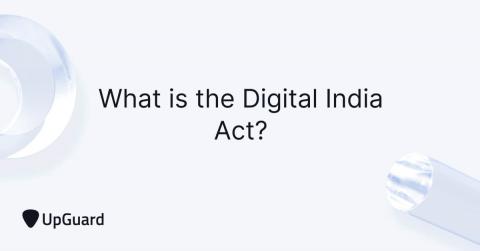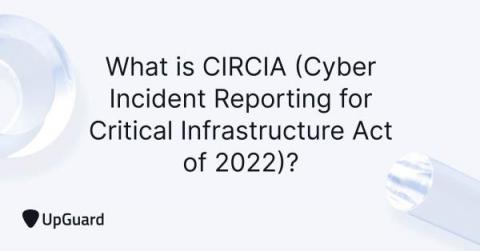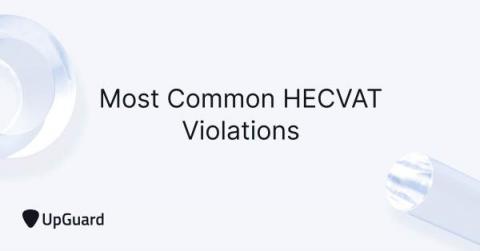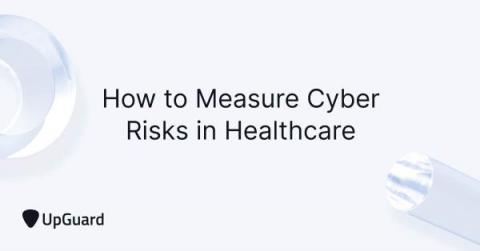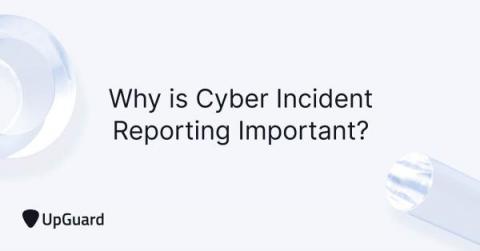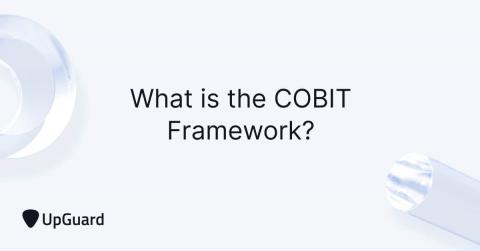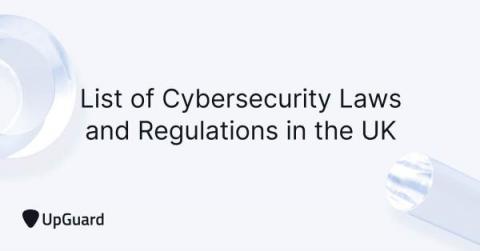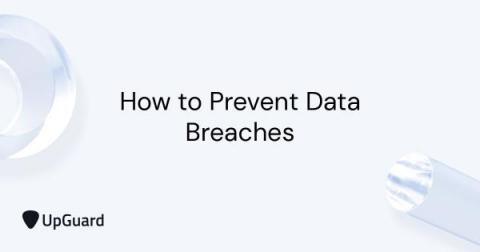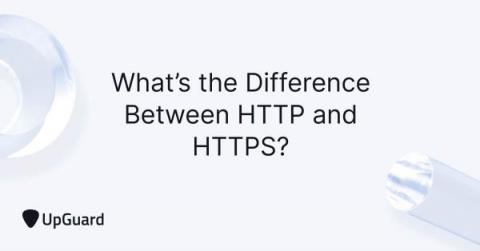Security | Threat Detection | Cyberattacks | DevSecOps | Compliance
February 2023
What is the Digital India Act? India's Newest Digital Law
The upcoming Digital India Act (or Digital India Bill) is expected to be India’s newest legislation and legal framework for regulating the country’s online environment and digital data protection policies. The Digital India Act will fully replace the current Information Technology Act (IT Act) of 2000 by early 2023, which has faced criticisms for its outdated policies and inadequacies in dealing with modern-day technological issues.
What is CIRCIA? How This Law May Affect Your Business
The Cyber Incident Reporting for Critical Infrastructure Act (CIRCIA) of 2022 is a US federal law that requires all critical infrastructure entities to report any cybersecurity incidents or ransomware attacks to the Cybersecurity and Infrastructure Security Agency (CISA) within a specified timeframe.
FERPA Compliance Guide (Updated 2023)
FERPA (the Family Educational Rights and Privacy Act) is a United States federal law protecting the privacy of student education records, more specifically governing access from public entities, such as employers, public schools, and foreign governments.
Most Common HECVAT Violations (And How to Avoid Them)
The HECVAT (Higher Education Community Vendor Assessment Toolkit) was developed by the Higher Education Information Security Council (HEISC) as an initiative to help higher education institutions better protect their data, prevent the risk of data breaches, and measure the cyber risk of third-party solution providers.
How to Measure Cyber Risks in Healthcare
Cyber risks are prevalent in all healthcare institutions, and understanding how to mitigate those risks is especially important in today’s cyber landscape. Cyber risk is the sum of all IT risks that can potentially lead to the loss or exposure of critical data, financial damages, reputational damages, and operational stoppages due to a data breach or data leak. Measuring cyber risks involves determining the likelihood and impact of each cyber threat.
Why is Cyber Incident Reporting Important?
Because cyber threats continue to grow in sophistication and effectiveness, cyber incident reporting is not only important but also necessary for other organizations to learn from and prevent making the same mistakes. Many governing bodies and federal governments around the world have begun to require cyber incident reporting to document the type of attacks used, the source of the attacks, and how the attacks occurred to better understand the threat landscape.
The Difference Between a Regulation and Cyber Framework
A regulation is a government-enforced set of security guidelines an organization must follow to increase its cybersecurity standards. A cybersecurity framework, on the other hand, is a set of guides helping organizations improve their security posture.
What is the COBIT Framework?
COBIT, or the Control Objectives for Information and Related Technologies, describes itself as “the globally accepted framework for optimizing enterprise IT governance.” The COBIT framework was designed to help organizations develop, implement, monitor, and improve their IT enterprise governance and information security processes.
List of Cybersecurity Laws and Regulations in the UK
The digital threat landscape in the United Kingdom (UK) continues to evolve as businesses that undergo a massive transition towards increased digitalization and cloud-based migrations are forced to change their IT system operations. More importantly, UK laws and regulations must also adapt to ensure that UK businesses and organizations are working to improve their cybersecurity posture and IT infrastructure to protect data security and privacy.
How to Prevent Data Breaches in 2023
A data breach occurs when sensitive information is exposed to the public without authorization. These events are growing in popularity, costing businesses an average of US$4.35 million per event. Unfortunately, many companies are unknowingly still repeating the same mistakes causing some of the biggest breaches in history. To prevent your business from becoming another breach static, adjust your cybersecurity program to the proven breach prevention strategy outlined in this post.
How to Reduce Cyber Insurance Premiums in Healthcare
Cyber insurance is becoming increasingly important and necessary as cyber attacks become more sophisticated and frequent. Healthcare is one of the most targeted industries because of the valuable medical data they handle and the lack of proper cybersecurity protections. Although cyber insurance doesn’t prevent security breaches, it provides a safety net for businesses to cover their financial losses.
What's the Difference Between HTTP vs HTTPS?
One of the biggest indicators of a suspicious or unsecured website is whether or not the site is HTTPS-secured. In many cases, spoofed, phishing, malicious, or typosquatted websites use HTTP instead of HTTPS, which has encryption and verification protocols built in to ensure safe data transmission between servers and browsers. The main difference between HTTPS and HTTP is that HTTPS establishes a secure internet connection via encryption, whereas HTTP does not.
How to Become a Cybersecurity Analyst [Complete Guide]
A cybersecurity analyst, also known as an information security analyst, specializes in the security of networks and IT infrastructure. The role of cybersecurity analyst has a relatively broad job description, offering great opportunities for individuals looking to enter the cybersecurity industry and branch out into various cyber-related career paths.
How the Healthcare Industry Can Prevent Data Breaches
According to a report released by IBM and Ponemon, the healthcare sector has the highest rates of security breaches and cyber attacks globally. The average cost of a data breach for healthcare organizations is around $10.1 million, while the global average for all industries sits around less than half of that amount, at about $4.35 million.



